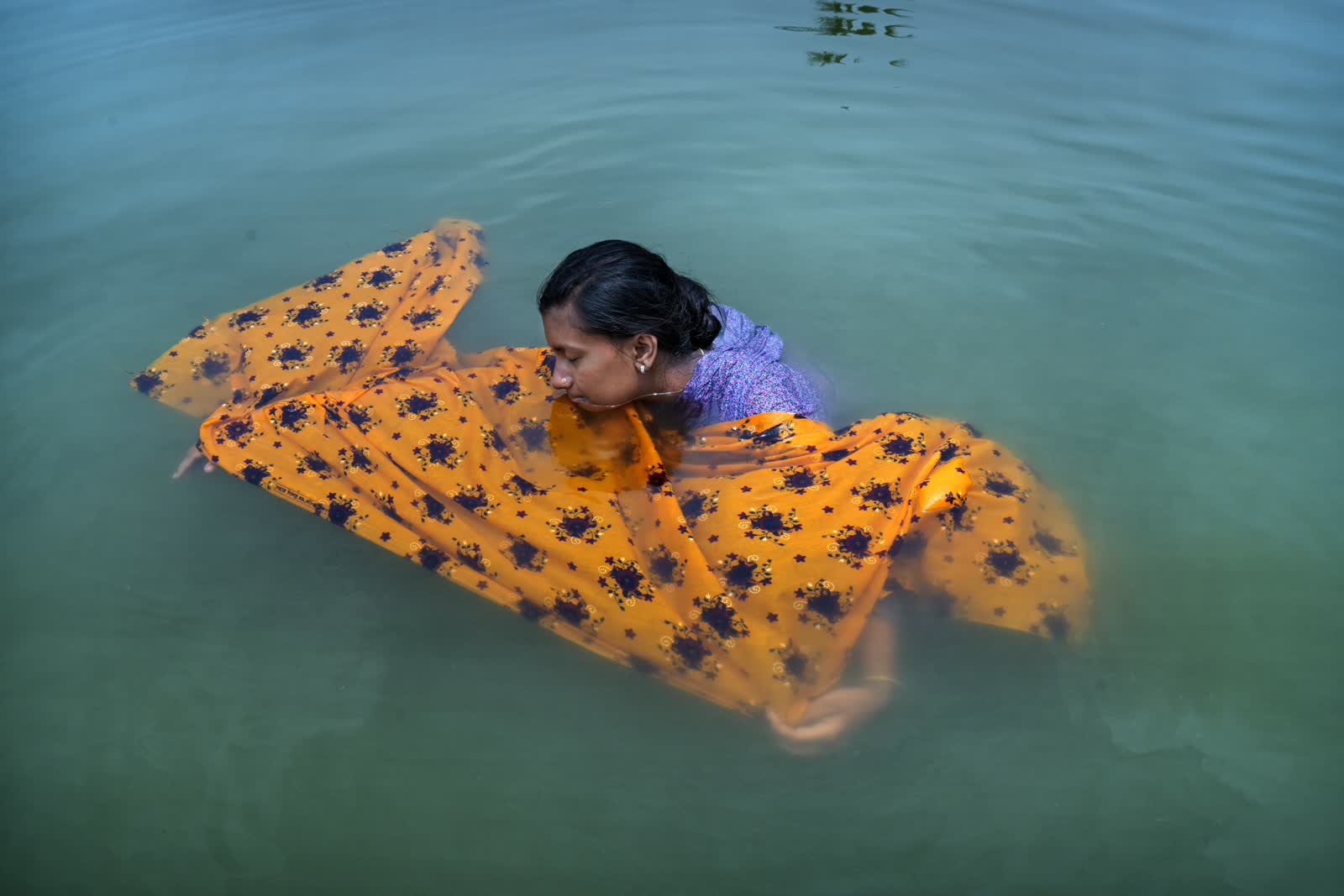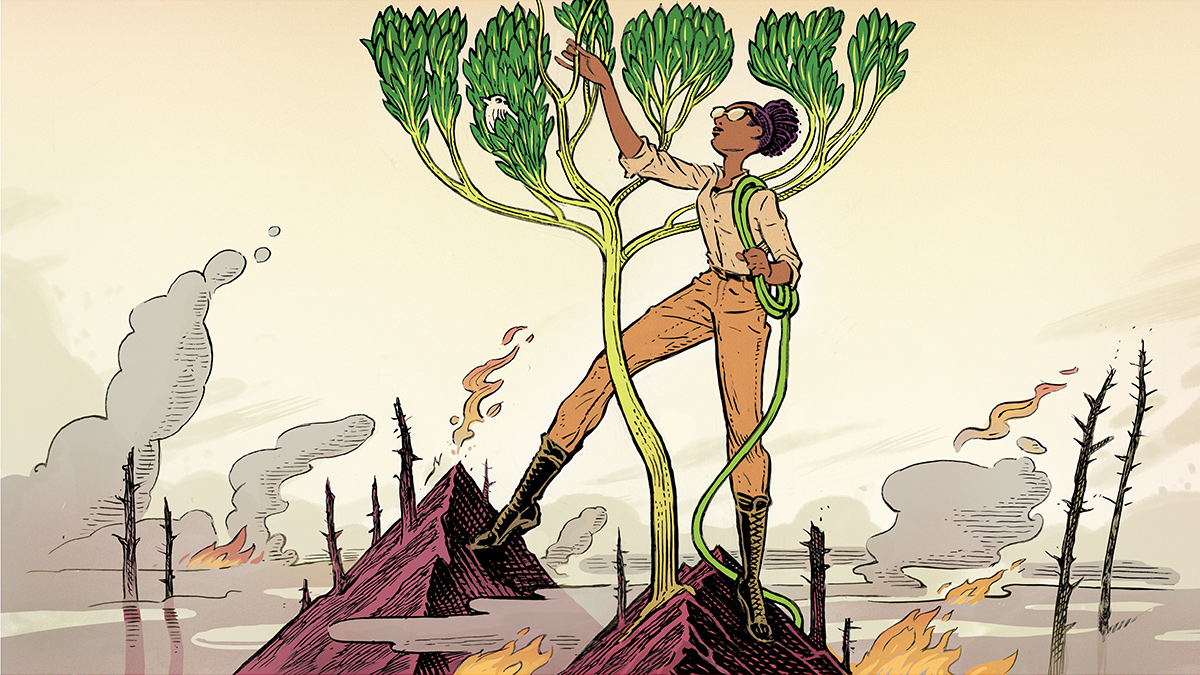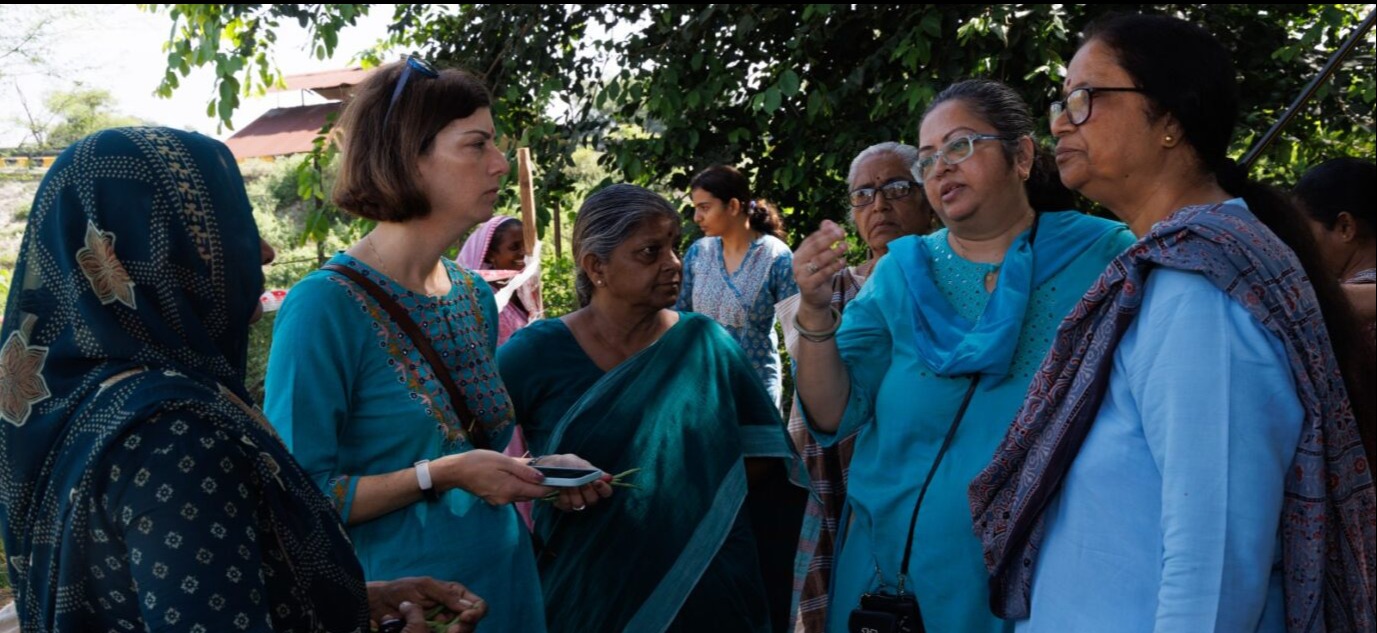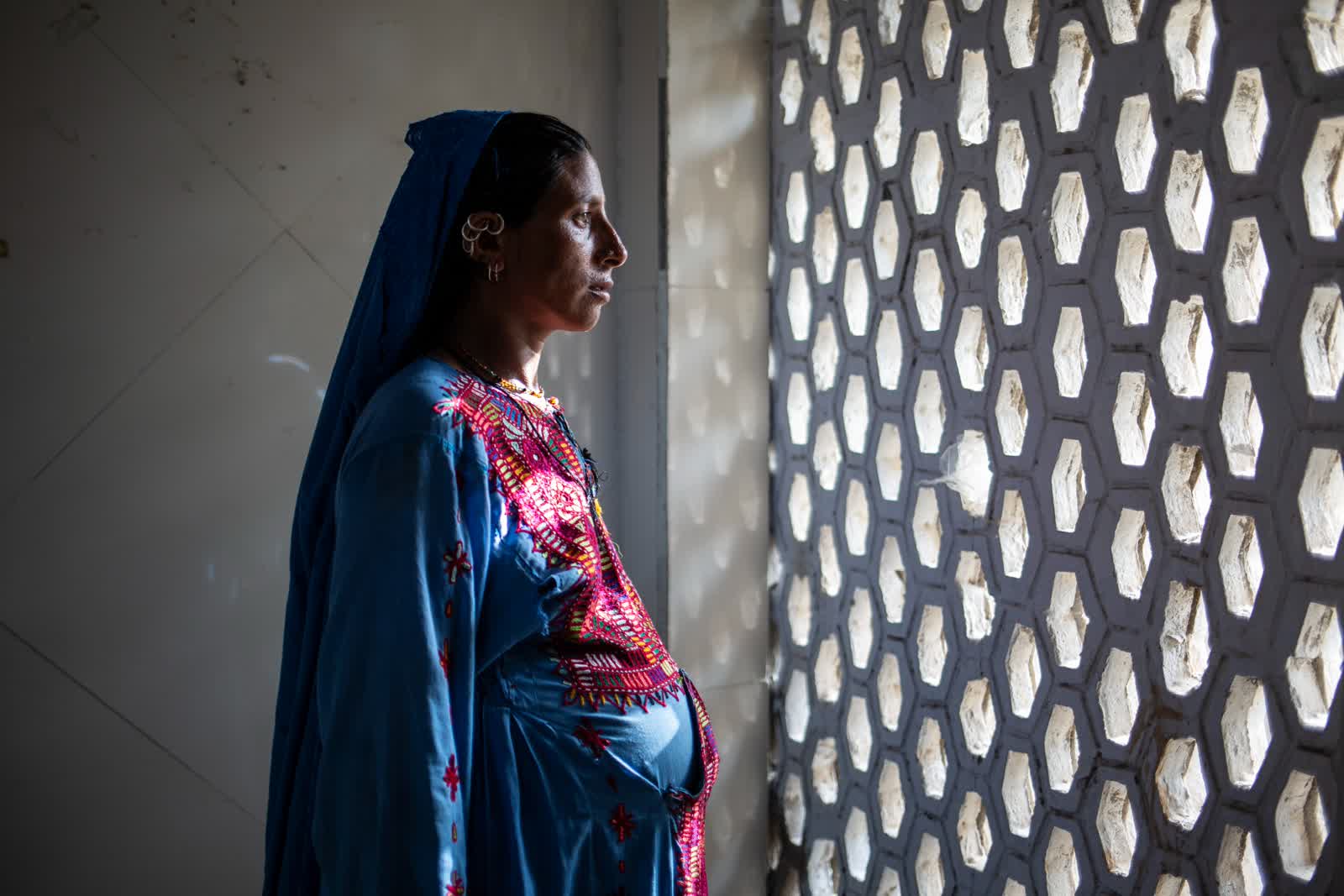As the earth grapples with the ramifications of climate change, it becomes increasingly evident that the burdens of environmental degradation are not distributed equally.
Women and girls, already facing systemic gender inequalities, find themselves disproportionately affected by the climate crisis.
The intersection of gender and climate change exacerbates existing injustices, amplifying the challenges that women and girls confront on a daily basis.
When extreme weather events strike, vulnerabilities are laid bare: intimate partner violence surges, girls are withdrawn from educational opportunities, early marriages become more prevalent, and displacement exposes women and girls to heightened risks of exploitation and trafficking.
Gendered Impact, Global Crisis: Amplifying Women’s Voices in Climate Change

Selwin Hart, UN Special Adviser to the Secretary-General on Climate Action and Just Transition underscores this disparity, noting that women, particularly those in impoverished and vulnerable regions, bear the brunt of the climate crisis. However, existing policies and strategies often fail to adequately address this reality.
To shed light on these intricate connections between gender and climate change, collaboration with seven women photojournalists across the Global South.
Their visual project captures the lived experiences of women and girls facing the impacts of climate change in their respective communities while also highlighting their resilience and resistance.

In Nigeria, for example, the educational prospects of girls are hindered by a myriad of factors, including poverty, geographical constraints, and gender discrimination.
Climate-related disasters exacerbate these challenges, rendering schools inaccessible and unsafe, particularly for girls who are already marginalized in some communities.
Yet, initiatives like the Center for Girls’ Education in Zaria strive to empower girls with knowledge and resources to survive the changing climate and stay in school.
Meanwhile, in Brazil’s Amazon Basin, women challenge the encroachment of large corporations on their traditional livelihoods.
The Babassu Coconut Breakers Movement stands as a testament to their resilience as they fight for food security and gender equality amidst threats of deforestation and corporate exploitation.

These narratives underscore the urgent need for gender-responsive climate policies and initiatives that prioritize the needs and voices of women and girls.
Only through inclusive and equitable approaches can we hope to address the multifaceted challenges posed by the climate crisis while advancing gender equality on a global scale.







Leave a Reply